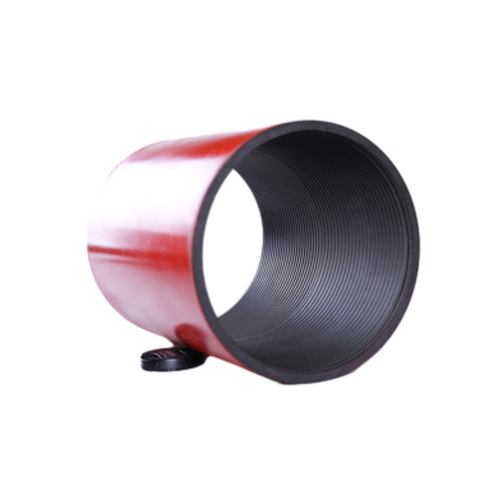casing threads and couplings
Understanding Casing Threads and Couplings in Oil and Gas Industry
In the oil and gas industry, casing threads and couplings play a crucial role in ensuring the integrity of well construction and the efficient extraction of resources. These components are vital in maintaining the structural integrity of wells, providing the necessary strength to withstand subsurface pressures and environmental influences. This article delves into the importance, types, and considerations related to casing threads and couplings.
What Are Casing Threads and Couplings?
Casing threads are the helical grooves cut into the ends of casing pipes that allow them to connect with each other. These threads are essential for forming a reliable, pressure-tight seal between joints, which helps prevent the escape of fluids and gas into the wellbore or the surrounding environment. Couplings, on the other hand, are short lengths of pipe that connect two casing sections, providing a means to join them securely. Together, threads and couplings form a system that enhances the strength and stability of wells.
Types of Casing Threads
Casing threads come in various designs, each suited for specific applications and requirements. The most common types include
1. API (American Petroleum Institute) Threads These threads conform to standards set by the API, ensuring uniformity and compatibility across different manufacturers. They are widely used due to their reliability and ease of manufacturing.
2. Premium Threads Designed for high-performance applications, premium threads offer enhanced strength and sealing capabilities. They are typically used in challenging environments, such as deep-water drilling, where additional reinforcement is necessary.
3. Specialty Threads Some applications may require customized thread designs to accommodate specific downhole conditions. These specially designed threads are engineered to meet unique challenges that standard threads cannot address.
Couplings and Their Types
Couplings are essential components that connect different sections of casing. They are classified into several types, including
casing threads and couplings

1. Regular Couplings These are simple threaded connections that join two lengths of casing. They are used in standard applications where high strength is not a primary concern.
2. Box and Pin Couplings In this design, one end of the coupling is made with internal threads (box) while the other end has external threads (pin). This configuration promotes a tighter seal and improves load distribution.
3. Performance Couplings Similar to premium threads, performance couplings are designed to enhance the durability and strength of the connection in challenging environments. They may feature thicker walls or improved materials to withstand higher pressures.
Importance of Proper Selection
Choosing the correct casing threads and couplings is critical for the success of any drilling project. The selection process should consider the well's depth, pressure, and the geological environment. Using inappropriate or incompatible threads can lead to issues such as leaks, casing failures, and costly remediation efforts.
Quality assurance is another essential aspect when selecting these components. It is imperative to source casing threads and couplings from reputable manufacturers that adhere to industry standards. Such precautions ensure that the components will perform as expected under the intended operational conditions.
Maintenance and Inspection
Regular maintenance and inspection of casing threads and couplings are crucial for the longevity of the wellbore. Over time, threads can experience wear and tear due to friction, corrosion, or exposure to harsh fluids. Inspections should focus on checking for signs of wear, damage, or corrosion. If any issues are identified, prompt action should be taken to repair or replace the affected components, mitigating the risk of failure.
Conclusion
In conclusion, casing threads and couplings are fundamental components in the construction and operation of oil and gas wells. Their role in creating secure, pressure-tight connections cannot be overstated, as failures can significantly increase operational costs and pose safety risks. By understanding the different types of threads and couplings available, as well as their respective benefits, professionals in the industry can make informed decisions that enhance the efficiency and safety of their drilling operations. Proper selection, regular maintenance, and adherence to quality standards are essential practices for ensuring successful drilling and resource extraction in the ever-evolving landscape of the oil and gas industry.
-
Tubing Crossover - API Compatible, Custom Sizes, In StockNewsNov.10,2025
-
Tubing Coupling | High-Strength, Leak-Proof Steel CouplingsNewsNov.10,2025
-
Wholesale API Threading Casing Coupling | API 5CT, Fast ShipNewsNov.10,2025
-
Pup Joint Supplier | API Certified, Custom, Quick ShipNewsNov.10,2025
-
Pup Joint Manufacturers | Precision Machined, Fast DeliveryNewsNov.10,2025
-
Tubing Coupling | Precision Steel, Leak-Proof, Fast DeliveryNewsNov.03,2025







